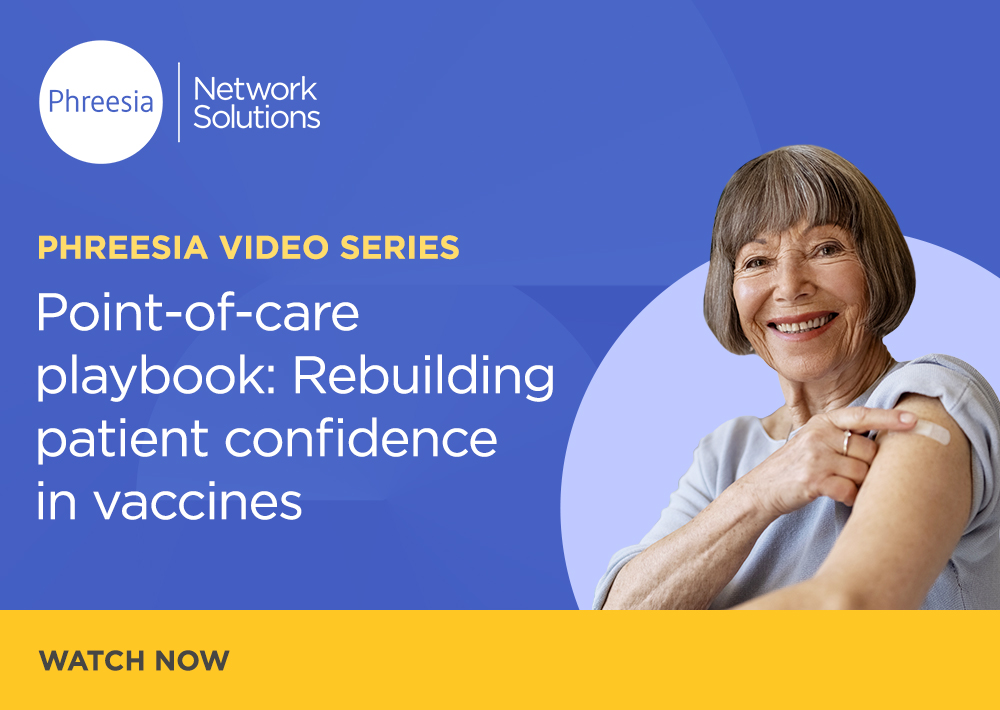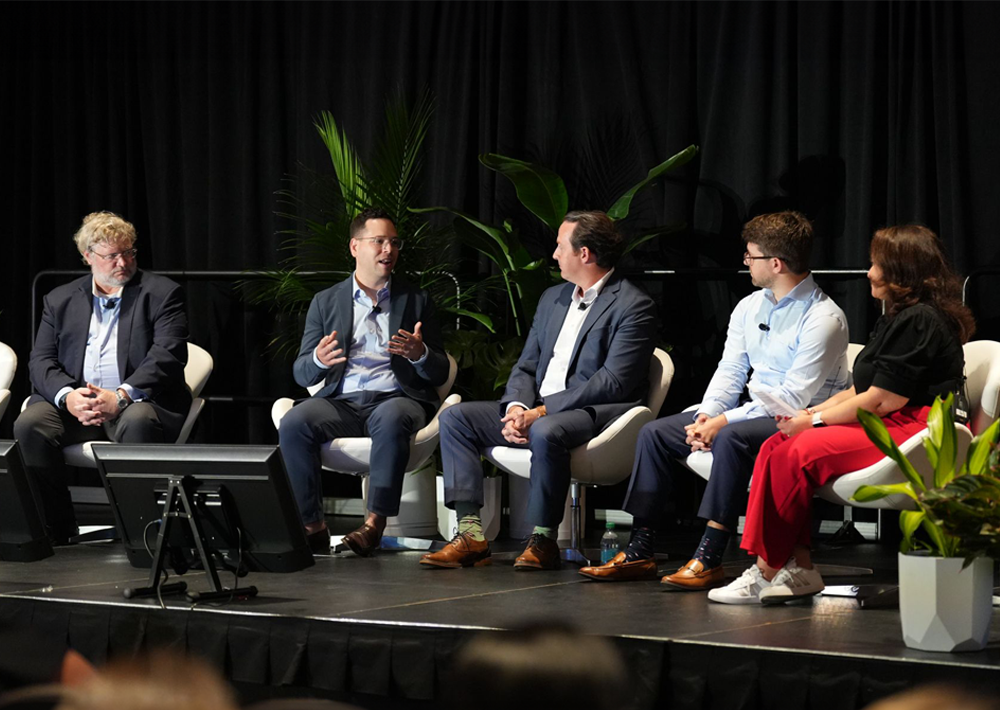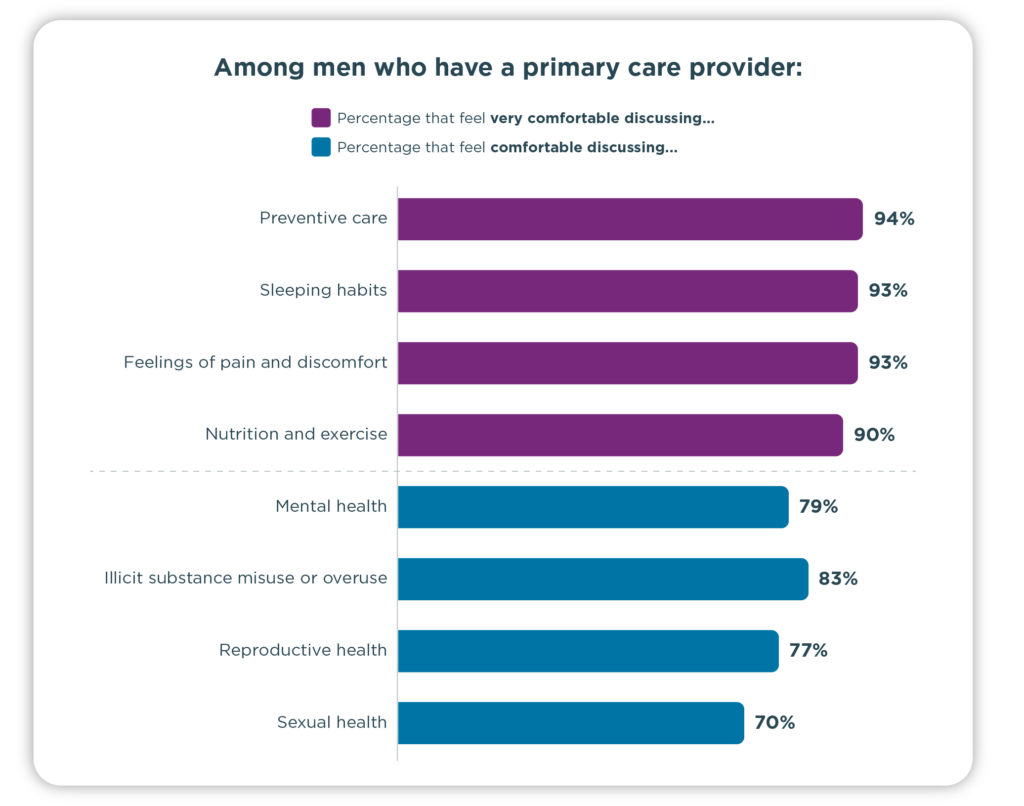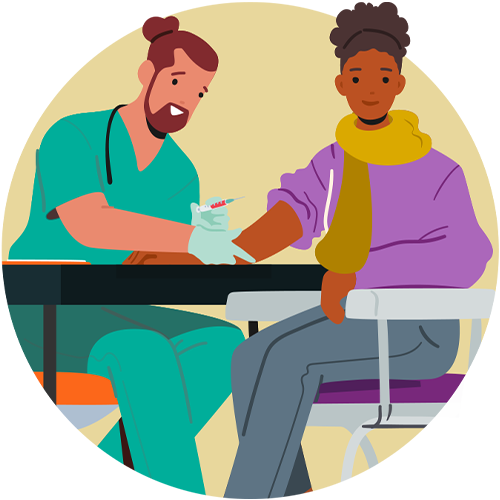
Digital point-of-care messaging about open enrollment can reach Medicare-eligible individuals in a trusted environment where they are receptive to the information.
‘Tis the season—the Medicare Open Enrollment season, that is. Every year, from October 15 to December 7, eligible individuals can review and choose their Medicare plans. Advertising is permitted to start on October 1, and television commercial breaks are taken over by advertisements from health insurers, brokers and other third parties hoping to attract the 65 million people eligible for Medicare to their private Medicare Advantage plans.
During the open enrollment period for the 2023 calendar year, there were nearly 650,000 airings of Medicare ads, according to an analysis done by nonpartisan group KFF. However, during a focus group conducted by KFF, many participants reported they were confused by the advertisements, and many thought the commercials were misleading.
Why Medicare television ads can be confusing
Participants in KFF’s focus group said they often can’t determine who has sponsored an advertisement, and they often mistake the commercials for official government communications. Another part of the confusion is around understanding the difference between original Medicare and Medicare Advantage, the private insurance alternative to Medicare.
During the open enrollment period for coverage in 2023, more than 85% of commercials were for Medicare Advantage plans. According to the analysis by KFF, about 27% of the Medicare Advantage ads showed images of government-issued Medicare cards or images that resembled the official Medicare card. More than 80% of ads sponsored by brokers or third parties suggested people call a private Medicare hotline rather than the official government-issued hotline. Many of these ads highlight low or zero monthly premiums, which consumers misunderstand and think they’re getting comprehensive, government-backed Medicare coverage at little to no cost. Additionally, consumers may not realize that low premiums can sometimes mean narrower provider networks, resulting in higher costs if they need to go outside of their network for specialized care.
The value of official Medicare information at the point of care
There’s only so much information that can be presented in a 20- or 30-second commercial spot—and with the distractions that come with watching television, it’s easy for viewers to miss key details or be confused by the information presented. That’s why reaching Medicare-eligible patients with digital interventions at the point of care—before and after their doctor appointment—can be a powerful and effective marketing tool for the Centers for Medicare & Medicaid Services to provide trustworthy information about Medicare enrollment and the various options that eligible adults have. Here’s how.
- Digital point-of-care messaging reaches Medicare-eligible individuals when they are in a healthcare state-of-mind. At the point of care, patients are in a healthcare-focused mindset and are often actively seeking solutions or advice. This makes them more attentive to health-related information, including Medicare options, and more likely to engage with these messages. Our research also suggests that older adults are receptive to digital point-of-care messaging.
- Digital point-of-care messaging provides deeper, more interactive engagement. There’s more opportunity and real estate in point-of-care messaging to provide in-depth educational information about the different Medicare options, and patients can discuss their options with their provider. Doctors can provide insights into whether a patient’s current plan adequately covers their treatment and medications, or whether another plan would offer better support.
- Digital point-of-care messaging cuts through the clutter. Unlike traditional television and radio ads, which compete for attention in crowded spaces, digital point-of-care messages can be delivered to Medicare-eligible individuals in a focused, distraction-free environment. With messages delivered at critical moments in their healthcare journey, patients are more attentive and receptive. This approach not only captures patients’ attention, but also cultivates trust and loyalty.
By engaging Medicare-eligible individuals when they’re in a healthcare state of mind, digital point-of-care messaging encourages questions, facilitates informed decision-making, provides more in-depth education and makes patients more active participants in their health—making it a powerful complement to traditional advertising.
Learn how Phreesia can help you reach Medicare-eligible patients when they’re in a healthcare state of mind.












